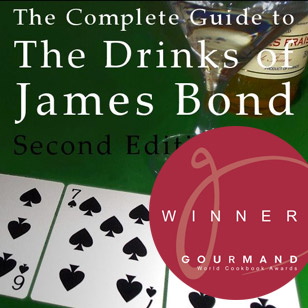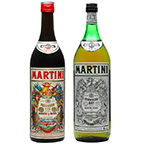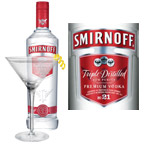Shaken or Stirred? The Art of the Martini
“The waiter brought the Martinis, shaken and not stirred, as Bond had stipulated, and some slivers of lemon peel in a wine glass. Bond twisted two of them and let them sink to the bottom of his drink.”
In Diamonds Are Forever (1956), James Bond's famous preference for Vodka Martinis “shaken [and] not stirred” made its print debut. Almost 60 years on, the fine art of the Martini is still very much a topic for debate.
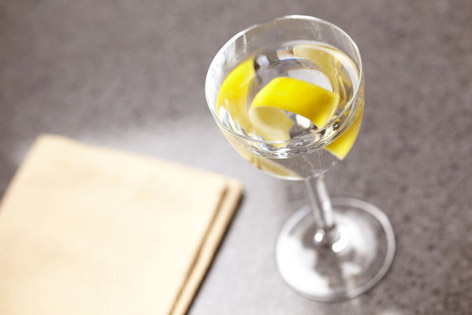
Shaken or stirred?
The first question is whether to shake or stir a Martini. Both shaking and stirring not only mix, but also cool, dilute and aerate the Martini, transforming both taste and mouthfeel. Shaking, however, dilutes and chills the Martini more quickly than stirring, possibly one reason why Bond favours it.
Aficionados of stirring used to argue that shaking “bruised the gin”, a notion to which Fleming paid lipservice when discussing the Vesper Martini in Casino Royale (1953): “He watched carefully as the deep glass became frosted with the pale golden drink, slightly aerated by the bruising of the shaker.”
Gin, of course, cannot be bruised. Yet shaken Martinis are distinctly different from stirred Martinis. Shaken Martinis are more aerated, resulting in tiny bubbles that can give the drink a cloudy appearance – although some argue that these lift the flavour.
Further, if not strained through an ultra-fine strainer, shaken Martinis may be coated in tiny chips of ice – although aficionados of the “hard shake” argue this improves the drink. Today most Martini purists and professional bartenders prefer to stir their Martinis to produce a smoother, clearer cocktail.
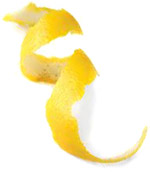 Lemon or olive?
Lemon or olive?
The second question is which garnish to use – or, more importantly, how to garnish. When using lemon zest, or, as in the Tanqueray Ten Martini, grapefruit zest, it's important to do as Bond does and twist the peel over the drink to release the aromatic oils. When choosing olives, opt for brined olives over olives in oil, and consider soaking them in either vermouth or vodka overnight.
Recipe
The third, and probably the most important, question is the recipe. In Live and Let Die (1954), James Bond specifies proportions of six parts vodka to one part vermouth, which, as Solitaire remarks, “sounds terribly strong”. Many Martiniphiles today favour a higher ratio of vermouth in a vodka martini than in a gin martini. The Smirnoff Martini is served at a ratio of 5:2, while the Gordon's Martini is served much drier, at 10:1, a ratio that might horrify Felix Leiter, who enjoys his gin Martinis medium-dry.
Which is right? The method you prefer. For, as James Bond learns in Moonraker (1955), even psychopaths like Hugo Drax can enjoy a well-made Dry Martini.
For more recipes visit uk.thebar.com






